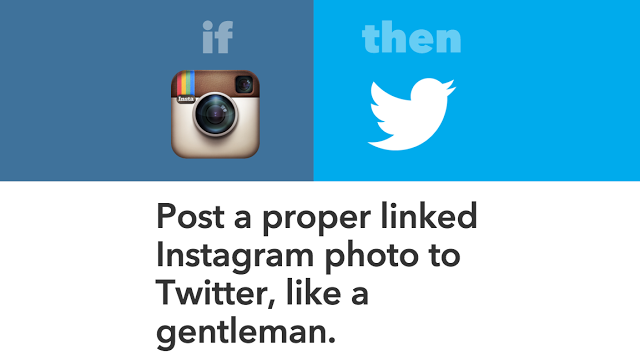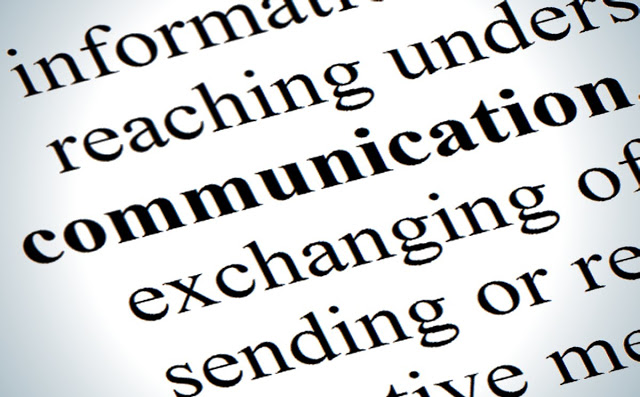I’ve noticed recently (maybe it’s just because I’m paying more attention to political news lately) this very annoying trend when it comes to news stories that get even a little bit of attention. This video by Vox is talking about the Green New Deal, but I feel like I feel the exact same way about the SNC-Lavalin incident, to name just one recent example.
I’ve been feeling for the last year or three that whenever a big news story breaks where opinion could potentially break across political lines, all the news spends all of its airtime just talking about the political impact and outcomes of the story, and if the story still has traction in the days or weeks afterwards, you’ll hear endlessly about what other people are saying about it now.
I really don’t like when this happens with the news, because it does nothing to inform the public about the actual issue at hand, it just applies a partisan lens to every news story.
With the SNC-Lavalin ‘scandal’ news story, the Liberal government’s alleged pressure on the attorney general’s office to avoid prosecuting the company directly, we see a great example of this, in my opinion.
How I have experienced news coverage of SNC-Lavalin
When this story first came out, the narrative was that of a ‘scandal’ from the highest echelons of the federal Liberal government, with the office of the Prime Minister being accused of applying pressure to the attorney general in dealing with a bribery case with SNC-Lavalin and the Libyan government.
From the time details started to come out, I was already looking to journalists and the news to understand what actually happened, to figure out if anything improper had taken place. However, what I found on the news, on Twitter, and from every pundit and opposition politician, is outrage that the Prime Minister would do something like this.
Even the sparse details I put in the paragraph above were pieced together over a few days, and I still don’t feel like I really fully understand all that actually took place leading up to and after the events of the ‘scandal’. I am not of the opinion that absolutely nothing improper took place, or that an investigation should or shouldn’t happen (it probably should).
I actually feel like I still don’t have enough details about the case to know whether I think deferred prosecution was the right call in the original case, much less whether anything unusual or improper took place afterwards. My main point in talking about all of this is that in spite of trying to stay up to date on the news surrounding this story, I feel woefully uninformed and end up hearing “Politician calls for Trudeau to resign” as the much bigger headline that “Here’s how deferred prosecution works, and the attorney general needs to remain independent”.
I don’t know about you, but hearing that the head of the opposition thinks the current Prime Minister should step down (especially when it’s a conservative saying that about a liberal), is not a headline that should really exist (because he says it all the time). That’s a separate conversation altogether from considering what I would say is a more reasonable headline, which is “Should The PMO Get Involved In Federal Prosecution Cases?”, or something like that.
What Can We Possibly Do About This?
There’s no easy answer to this question. Staying informed is key, but it’s difficult to get partisanship on an issue out of your head once it wriggles its way in. The best thing I can think of to try is to be very careful when reading news to think about who is paying for it, how they are funded, whether the writer or editors might have a reason to be biased, and whether the objective facts are likely being described in the story.
Using any social media to follow the news, whether you follow news organizations, or just friends and family, is very difficult, because many people are just there to push their preferred version of a story, or end up reinforcing biases and digging in even deeper on opinions and positions formed emotionally.
Reading the news in general is easier than ever with the internet, but it’s also easier to write and publish anything you want, and otherwise legitimate news organizations can get caught up in this kind of bad journalism too from time to time. Nothing is black and white here, and pretending it is damages journalism and divides us in ways we don’t even consciously realize.





